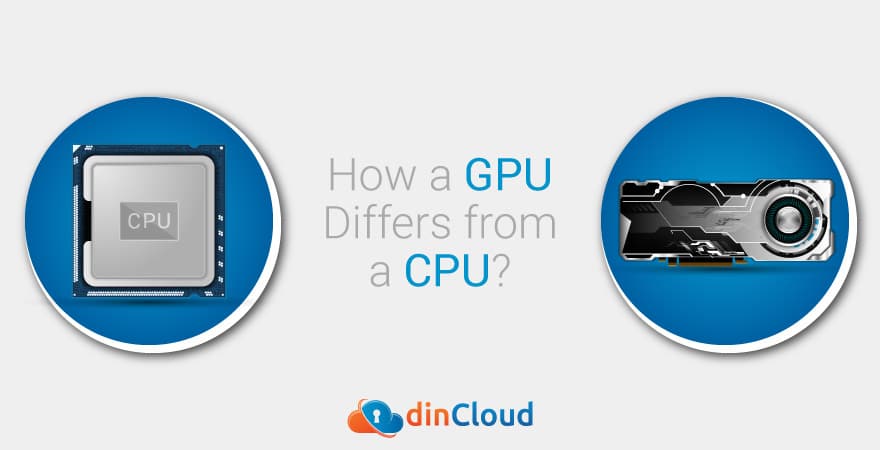Graphics Processing Units (GPU) and Central Processing Units (CPU) have one thing in common, which is their inherent ability to process stuff. If the CPU is a PC’s brain, then the GPU is its soul.

Over the past few years, GPUs have attained a much wider scope and ability. We typically restrict the utilization of GPUs to just gaming, which is farther from the truth. Presently, GPUs have made their way into a lot of other domains and their role is still rising.
The one area where GPUs truly shine is “parallel computing”. This is in fact their ability to handle multiple tasks or workloads simultaneously. In contrast, CPUs are mainly focused on interactivity and coordination between various building blocks of a PC.
How do GPUs Function?
The way GPUs work is that complex tasks or workloads are broken down into countless smaller parts and tackled all at once. This seemingly impossible feat is achieved on the basis of sheer processing muscle.
You would be able to better relate to this concept by visualizing your favorite PC game. Remember the beautiful landscapes zipping past you when you may be driving a super fast car in a racing PC game.
That very seamless transition between so many different frames is accomplished by GPUs, while the CPUs silently working in the backdrop. It is for this very reason that constant developments and incremental changes in GPUs is a very common industry practice.
Parallel computing enables GPUs to tackle seemingly complex tasks in a smooth manner, all in one go. GPUs achieve this performance on the back of multiple cores, way more than what your average CPU might have.
The presence of multiple cores within GPUs equip them to tackle multiple or even thousands of threads simultaneously. This in turn delivers a smooth end user experience across a wide range of processes.
Related: Enhance the User Experience for the Digital Workplace and Windows 10
Where do GPUs Work?
Although the list can go on and on, we will focus on a few core areas where GPUs have nearly become indispensable.
Graphics
We are now in a world that’s driven by rich visuals or graphics. GPUs make this happen by processing graphics intensive workloads in a seamless manner. What’s even more unique is that despite enhanced power, the size of GPUs is constantly shrinking.
Super Computing
This is another area where GPUs play a lead role over their counterpart, the CPU. Super computers have to process vast amounts of data or information and the output of one process may be the input for another. GPUs are up to the mark in this key area as well.
Related: nVIDIA Quadro Virtual Data Center: How It Works
Artificial Intelligence (AI)
This (AI) is the capability of GPUs to take action, based on the historical trends and pre-loaded information. AI based systems ultimately play their part in automating certain processes that are repetitive in nature, thus enhancing organizational efficiency.
GPUs and Deep Learning
One more domain where GPUs are proving extremely useful is “deep learning”. It is a process in which vast amounts of data is transmitted through neural networks, which become trained to perform tasks otherwise not possible for human coders.
Related: Eye Candy: The Truth Behind GPU Powered VDI
dinCloud and Graphics Processing
Being a premier Cloud Service Provider (CSP), dinCloud offers a wide range of powerful Hosted Virtual Machines equipped with powerful, multi-core nNIVIDA GPUs These virtual machines are purpose built for graphics intensive workloads.
Whether you want to run 3D modelling applications, architectural software, rendering or similarly heavy workloads in the cloud, our Hosted Virtual Machines are fully up to the mark. You get this level of ease and functionality at a fraction of the cost of a PC.
Contact dinCloud for further details about our best in class GPU mounted solutions and one of our experts will get in touch with you soon.


